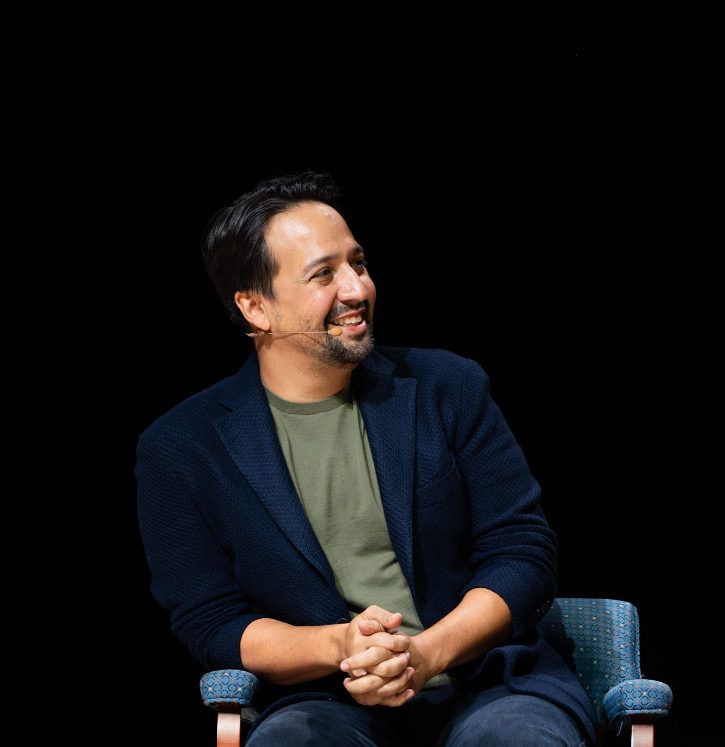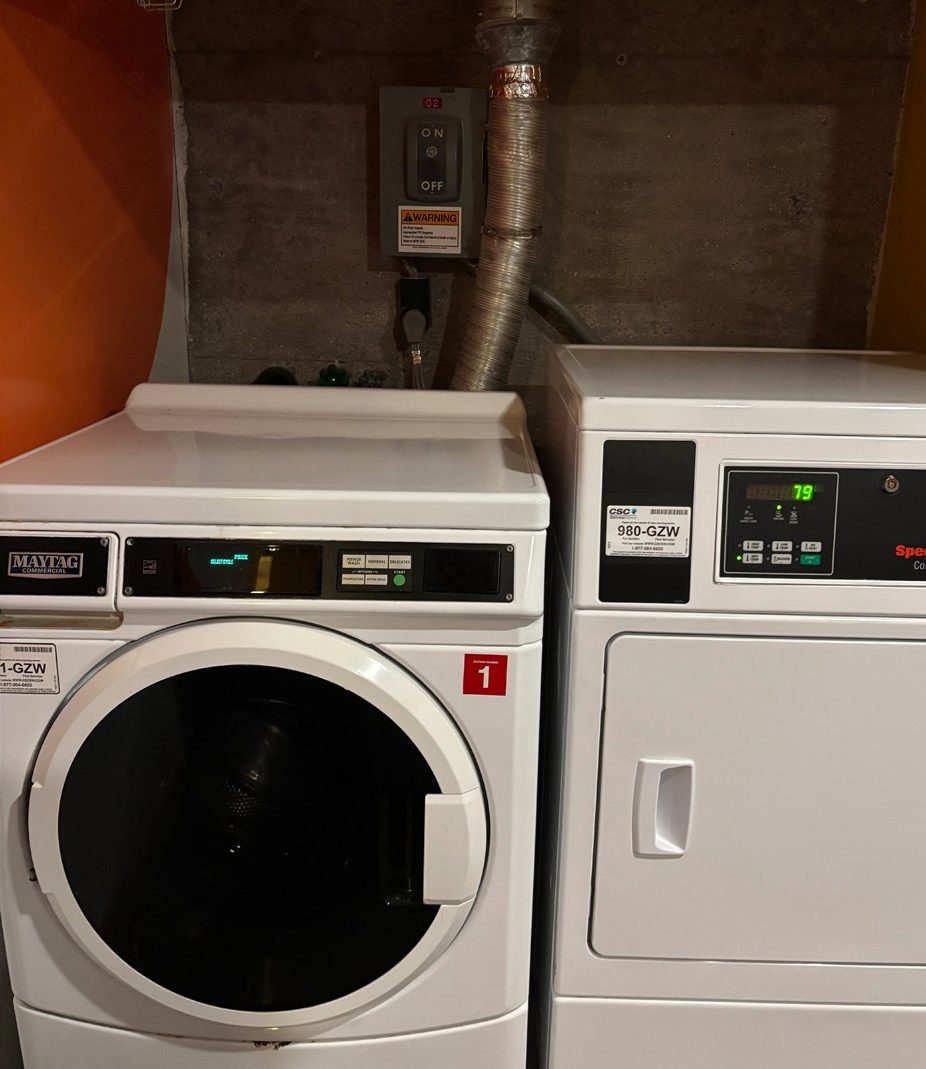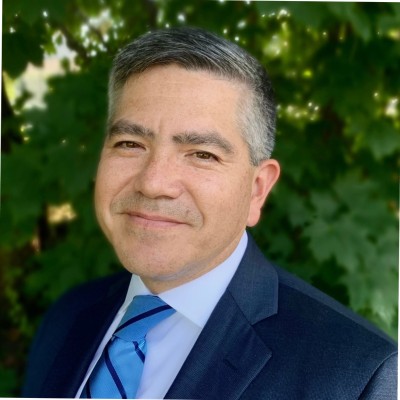
Last semester, Hamilton hosted its first installment of “Common Ground,” a President Wippman-pushed program designed to “to model the kind of respectful dialogue across political boundaries that should occur, not just on college campuses, but in the broader society as well,” as the president put it. While students and faculty alike complained that the event was ideologically flawed, concluding that the program is based on a supposedly false proposition of contemporary comparative morality between the Left and Right (see:
Professor Westmaas’s Sept. 10 Letter to the Editor
) and that the speakers were too male (despite the fact that moderator, Susan Page, is in fact a woman) and too white,
The Spectator
largely endorsed the program’s goal of promoting free speech and discourse. This is not to say, however, that the program itself is not without flaws.
For the second installment, the College has invited former Bush and Obama National Security Advisors, Condoleezza Rice and Susan Rice, respectively. While this selection — of two African-American women — should alleviate diversity concerns over gender and racial representation, the event has been met with similar campus tepidness, much of it emanating from concerns over the banality of the last program.
David Axelrod and Karl Rove, in the first installment of the series, did not demonstrate much discourse; they certainly did not a provide the much needed and promised example of respectful discourse between those on opposites ends of the political spectrum. Instead, the tone of the entire program was as such: “yes, Trump is bad” and “yes, Trump is dangerous but our institutions will hold.” While the speakers found “common ground” on issues which college-educated men of a certain age are likely to agree upon, they did not explore nor confront what separates them, which was, in essence, the reason for their invitation to campus. In our polarized times, these two men were undoubtedly gifted with a vast well of debatable topics — a well which, frankly, remained questionably untapped.
In order “to model the kind of respectful dialogue across political boundaries that should occur,” as Common Ground purportedly intends to, the invited speakers must spend their allotted time conducting civil intellectual warfare, rather than what, in the first installment, appeared to be nothing more than a rudimentary and not particularly divisive political conversation between two friends who were glad to pick up bloated checks simply for doing so. In our contemporary political climate, some flares of passion would be appropriate; this passion was nowhere to be found in the first installment of the program. Common Ground, Part Two, therefore, in order to fulfill its mission, must actually highlight partisan and ideological discord, rather than focus on the small subset of issues which both members of the Democratic and Republican parties are likely to agree upon. Otherwise, Common Ground risks turning into a hollow public relations ploy — one which, while the College can point to as the embodiment of its purported commitment to free speech, will leave no lasting effect on the campus at large and the young minds it houses and intends to shape.

























